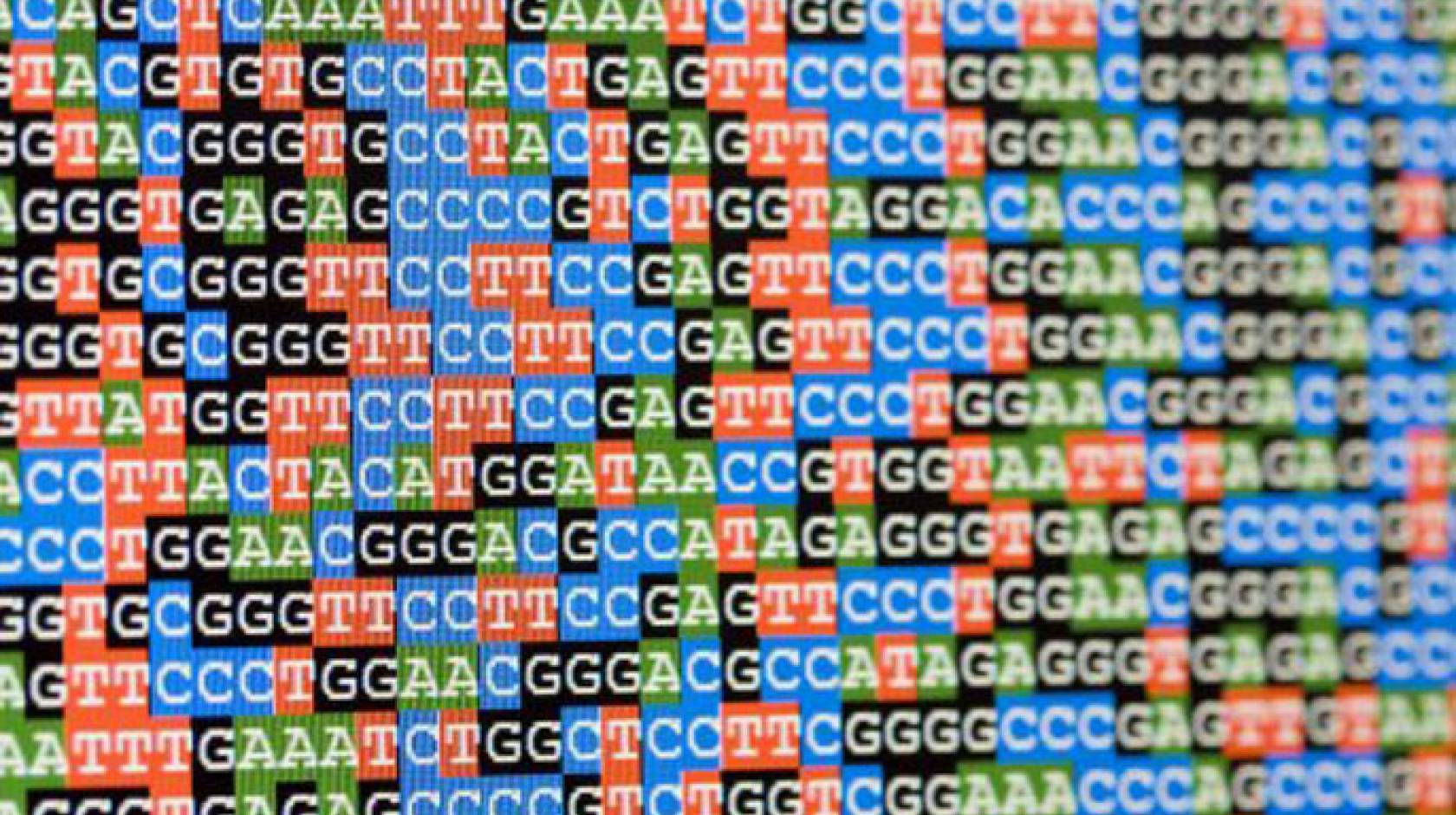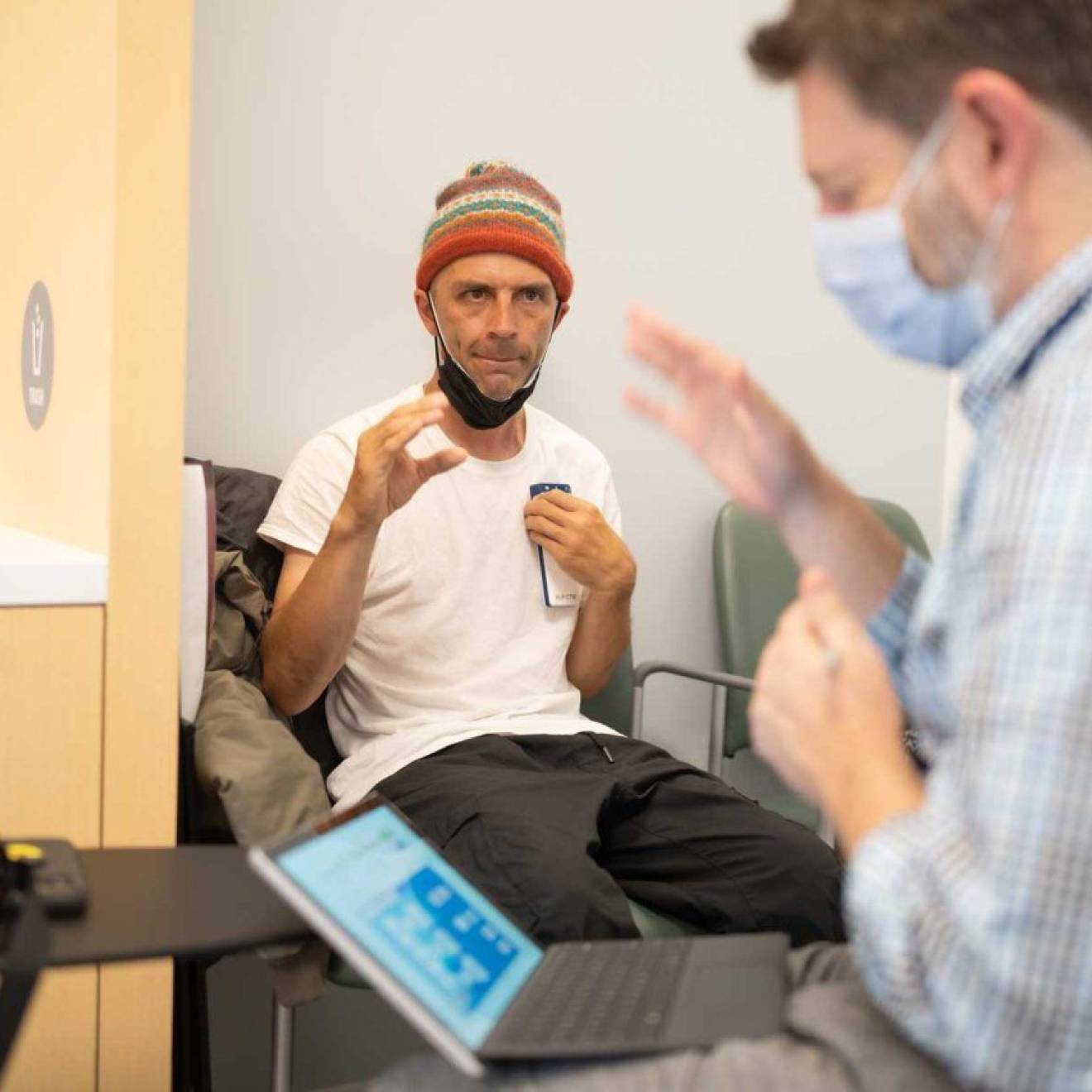Laura Kurtzman, UC San Francisco

Researchers at UC San Francisco and Johns Hopkins may have found a new way to diagnose Lyme disease, based on a distinctive gene “signature” they discovered in white blood cells of patients infected with the tick-borne bacteria.
Even though it is hard to diagnose, Lyme disease is still the most common vector-borne illness in the United States, with 30,000 cases reported each year to the Centers for Disease Control and Prevention. With more accurate tests, experts say, the number of people infected could turn out to be 10 times higher.

Credit: UC San Francisco
"Improved diagnostics are urgently needed for Lyme disease," said Charles Chiu, M.D., Ph.D., an associate professor of laboratory medicine at UCSF and lead investigator for the study, published Feb. 12 in mBio. "The tick that transmits Lyme also harbors many other pathogens, and early diagnosis is critical in guiding appropriate treatment and preventing later complications of the illness."
Most people who contract the disease recover quickly with antibiotic treatment, but between 10 and 20 percent report persistent symptoms. Lyme disease has also been associated with arthritis, meningitis, facial palsy and in rare cases myocarditis, or damage to the heart muscle, leading to sudden death.
In an effort to find better ways of diagnosing the disease, and discovering molecular pathways that might explain how Lyme disease could cause long-term symptoms, researchers used a next-generation sequencing technique, called RNA-seq, to investigate the transcriptome – the genes that are being turned on – in peripheral blood mononuclear cells.
First-of-its-kind study on postantibiotic gene expression changes
Researchers examined 29 patients before and after they received a three-week course of antibiotic treatment and also six months later. Compared to patients with other active bacterial or viral infections, the Lyme disease patients had distinctive gene signatures that persisted for at least three weeks, even after they had taken the antibiotics. Some differences in the transcriptome lingered for six months.
"To our knowledge, this study is the first to document changes in gene expression occurring even after a bacterial infection has been treated with appropriate antibiotics," said John Aucott, MD, assistant professor of medicine at the Johns Hopkins University School of Medicine and a senior investigator on the study.
Six months after treatment, 15 of the 29 patients in the study had fully recovered, while 13 had persistent symptoms, and one had dropped out. Despite the stark differences in how the patients reported feeling, the researchers could not detect transcriptional differences between the two groups. They said larger studies are needed to confirm this finding.
Researchers found similarities between the transcriptional changes after Lyme disease infection and other diseases. The acute phase of Lyme disease infection had similarities with influenza. At six months, the gene signatures of Lyme disease patients showed some similarities to those from patients with immune diseases like systematic lupus erythematosus, rheumatoid arthritis and chronic fatigue syndrome.
The researchers said measureable and persistent changes to the transcriptome may also be characteristic of a number of other infections, such as chronic hepatitis C.
Other authors of the study include Jerome Bouquet, Scot Federman and Beniwende Kabre, of UCSF; Mark J Soloski, Chris Cheadle, Alison Rebman and Meher Boorgula of Johns Hopkins School of Medicine; Andrea Swei of San Francisco State University; and Jean-Noel Billaud and Richard Halpert of Qiagen Bioinformatics.
The research was funded by the National Institutes of Health, the Swartz Foundation, the Bay Area Lyme Foundation, the Stabler Foundation, Global Lyme Alliance and the Lyme Disease Research Foundation, Inc.

